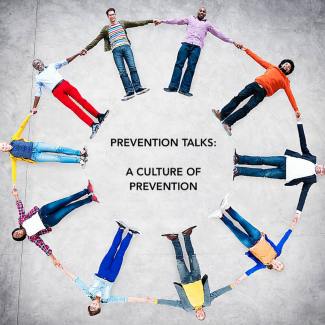Prevention Talk # 1 - A Culture of Prevention: What does that mean and how would it affect research and practice?

About the Event
A recent commentary in Prevention Science, [Sloboda, Z., David, S.B. Commentary on the Culture of Prevention. Prev Sci (2020). https://doi.org/10.1007/s11121-020-01158-8 ] explored the concept of a culture of prevention and what that means to research and practice. The commentary was requested by the Associate Editors of a Special Issue on the topic. In the call to scientists for articles, the journal defined the concept as the “general orientation or readiness of a group of people…to address problems by using a preventive, rather than a reactive approach.”
But how do we normally address serious behavioural health problems? Generally, it is piecemeal. We first identify a problem—often affecting large numbers of people, then devise programming to prevent them in the future. And generally, the focus is on treatment first. While we believe in ‘preventing problems before they happen,’ operationally we rarely build such programming without recognition of serious problems that have affected many. And even then, we may not activate interventions for quite a while—e.g., the opiate overdoses of the past couple of years took a long time before policymakers recognized and provided significant funding to intervene effectively with emergency Narcan and treatments but not in the prevention of substance use.
So how would a culture of prevention change that formula? Could we establish an infrastructure that is built to prepare and prevent populations from behavioural health problems? If so, what would that look like? In this session, Dr Zili Sloboda will open our discussion by providing a general overview of the issues raised in the Commentary and her general take on this issue. Then Claudia Zundel and Craig PoVey will give us the view from their positions at the state level where the leadership in regard to prevention decision-making happens. How do they think of the value and possibilities of a “Culture of Prevention.” We will then open discussion with our audience.
